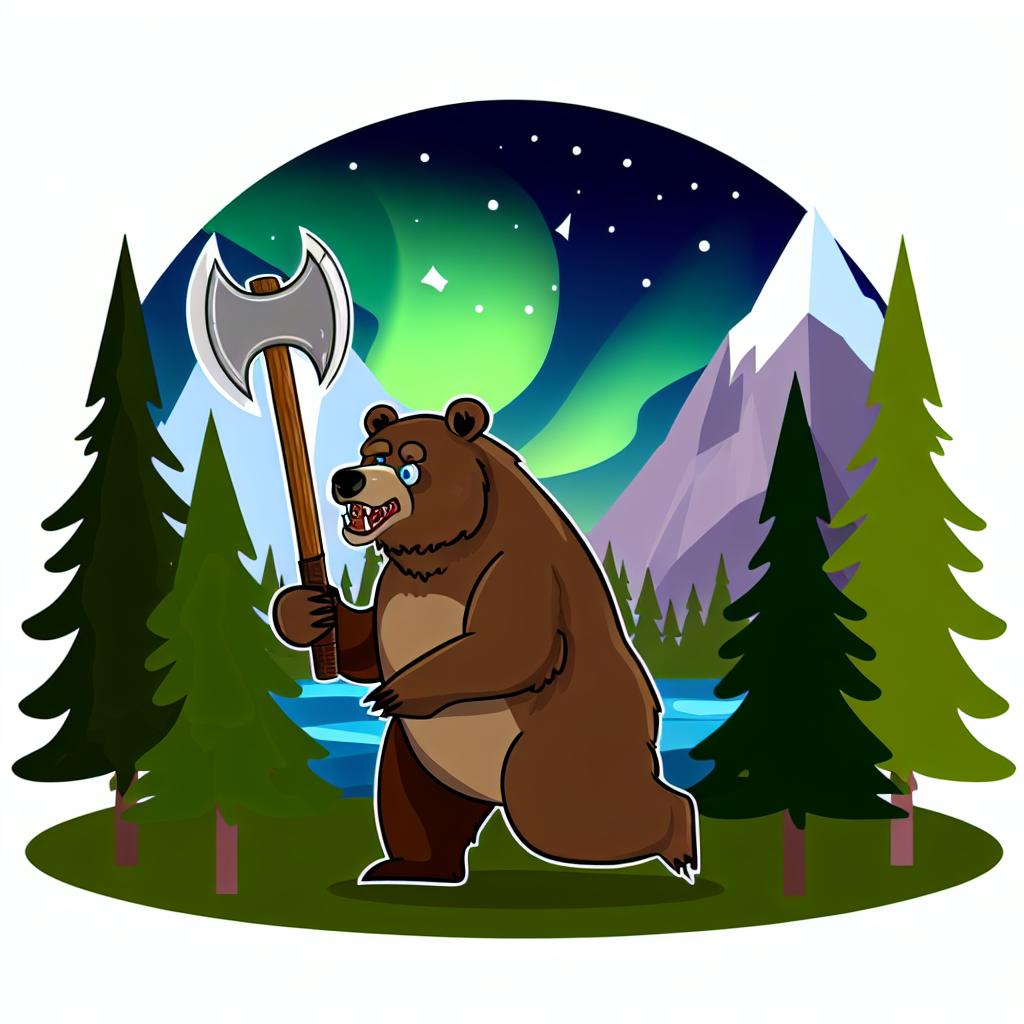The Significance of Bears in Norse Mythology
Bears hold a unique place in many mythologies worldwide, and Norse mythology is no exception. The Scandinavian region, known for its rugged landscapes and harsh climates, has fostered numerous tales where the bear emerges as a symbol of strength, courage, and the natural world’s raw power.
Representation and Symbolism
In Norse mythology, bears are primarily associated with the warrior class. The creature’s sheer size and power make it a natural symbol of warriors’ ferocity and strength. Bears were revered by the Norse, not just for their might but also for their ability to endure and thrive in the Scandinavian wilderness.
The concept of the *berserker*, a formidable Norse warrior, is directly connected to bears. The term *berserker* is believed to derive from the Old Norse words *berr* (bear) and *serkr* (shirt), meaning “bear-shirt.” These warriors were thought to channel the spirit, strength, and ferocity of bears during battle, entering a trance-like state that made them both fearsome and almost unstoppable.
Mythological References
In the realm of legends, bears are often depicted alongside gods and heroes. Though direct references to bears are less frequent in primary texts compared to other mythological creatures such as wolves or ravens, their presence is nonetheless influential.
Gods and Goddesses: While the bears themselves are not gods, they often feature as companions or symbols associated with Norse deities. For instance, the goddess Skadi, known for her hunting prowess and association with winter and mountains, is sometimes linked to bears due to her wilderness domain.
Transformation and Power: In several sagas, characters who transform into bears or exhibit bear-like traits showcase narratives of power, chaos, and transformation. These stories emphasize the dual nature of the bear—both a protector and a potential destroyer, a theme prevalent in many Norse tales.
Bears in Norse Cultural Practices
The influence of bears extends beyond mythology into the practical and spiritual life of the Norse people. Skins and bones of bears were highly valued, often used in rituals or as talismans to invoke the animal’s qualities. This reverence is evident in archaeological finds where bear remains are interred with the dead, suggesting a belief in the protective power of the animal.
Bears also feature in Norse art and iconography. Depictions of bears can be found in carvings and embellishments on various artifacts, illustrating their importance in the cultural tapestry of the Viking Age.
Conclusion
In conclusion, the role of bears in Norse mythology is a testament to the animal’s symbolic potency and cultural significance. Bears were not merely creatures of the forest but icons woven into the very fabric of Norse belief systems and daily life. Their representation as symbols of strength, transformation, and protection underscores the deep respect and admiration the Norse held for these majestic animals.
For more in-depth collections of Norse myths and their interpretations, you might explore resources like National Geographic’s Viking History or foundational texts such as the Prose Edda and the Poetic Edda. These sources provide essential insights into the rich mythological world where bears play a compelling part.

